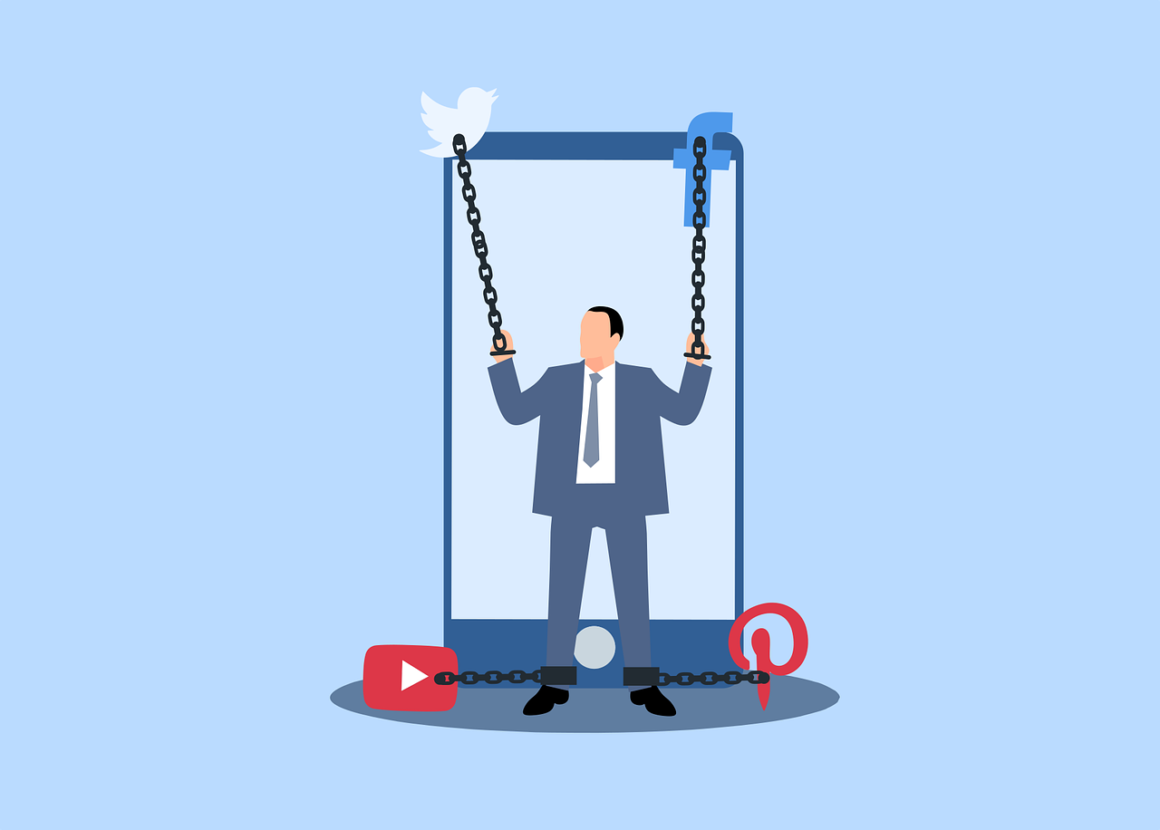A relationship is based on respect and it’s not normal when the other is making threats, is being violent or abusive. Is important for people who have experienced violence or are at risk of violence to have a safety plan. Perpetrators are often isolating their victims and doesn’t allow them to make their own decisions. The safety planning process restores power and control back to the individual allowing them to make their own decisions and enhance their own safety.
Five Strategies For Safety Planning
- Prevention. The most effective way of preventing future violence is to move to another residence, change schedules and routes to avoid being found and to get a peace bond. If you can’t afford a new residence at the moment, go to a shelter; they’ll house you for a period of time until you get the money to move out.
- Protection. You must have a safe room to hide in locked from inside, the door must not have a glass in it because the perpetrator could easily break it.
- Notification. Arrange ways to get help get in crisis, make sure you always have a cell phone with you and the emergency number on hand, have secret code words with the trusted people to help you. A security system may also be helpful.
- Referral. Find services that can help: your local hospital and the police- report the abuse. If you have money to spend in courts you can resort to justice system.
- Emotional support. In order to move on, you have to surround yourself with people who can offer you emotional support and make you feel less lonely. You’ll have to fill your free time with new hobbies like art, music class, the gym, exercise or maybe yoga. Move houses if it makes you feel at ease. Consider support groups or try and see a therapist.
What You Can Do As A Helper
- Listen to the person.
- Learn what the person fears about the perpetrator and what might happen if harmful actions or threats are carried out.
- Ask what the person wants to do and why. Learning about the motivation behind the person’s decisions can help you understand her or his goals. You may be able to suggest other -easier-ways to reach their goal.
- Let them stay with you for a while until they can move somewhere else.
What Not To Do As A Helper
- Tell the person what you think they should do. (“I think you should go to a shelter.”)
- Simply refer the person to local agencies. (“Here’s a list of agencies you can call. Let me know how it goes.”)
- Impose your cultural, spiritual or generational values that may impact the person’s choices. (“I think your only choice is to divorce him.”)
- Talk to the perpetrator on your own.
- Recommend strategies that could increase risk for the person. (Such as recommending the purchase of a gun or other weapon; attending couples counselling; saying “Just stand up to him”.)
- Blame the person if she/he doesn’t follow the your safety plan and experiences further violence.
More Suggestions For Safety Planning
- Do not discuss any part of your safety plan with the perpetrator.
- Avoid areas where weapons are in easy reach, such as in the kitchen or garage.
- Pack a change of clothes, car keys, money and important papers. Hide them in a safe place that is easily accessed. (For example; in a grocery bag near the front door, or with a neighbour or friend).
- Open a savings account in your own name to increase your independence.
- Keep a two-to-three-day supply of medication on hand at all times.
Where To Get Help
You can talk to your mom or dad, a friend, or someone else who you trust. Don’t feel ashamed to seek help; somebody else’s violent behavior is not your fault. You can go to your local police station they can give you information about local shelters and organisations that will be able to help you get out of the violent relationship, offer free counselling services or a lawyer in case of divorce. There are also many hotlines that you can call; for example, Lifeline National Suicide Prevention at 1-800-273-8255 or National Teen Dating Abuse Helpline at 1-866-331-9474.




